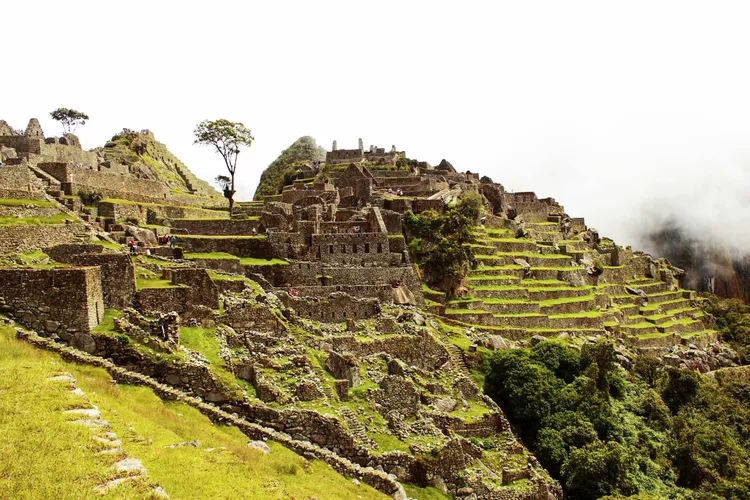Machu Picchu: A Guide to the Lost City of the Incas
Machu Picchu is the most spectacular archaeological Incan site in South America. This Peruvian mysterious “Lost City of the Incas” has fascinated history buffs for almost a century. Aside from its spectacular setting in the Andes, Machu Picchu is intriguing to archaeologists and historians because it is not documented in any of the ancient chronicles of the Spanish conquistadors. The seafaring Spanish conquered the Incan capital Cuzco and moved the seat of power to coastal Lima. In their records, the conquistadors mention numerous other Incan cities, but not Machu Picchu. Consequently, no one is certain what function the city served.
1. Background and History of Machu Picchu
Machu Picchu was known to only a few Peruvian farmers until 1911 when an American historian named Hiram Bingham almost stumbled across it while searching for the lost city of Vilcabamba. Bingham found buildings thickly overgrown with vegetation, initially believing he had found Vilcabamba. He returned several times to dig at the site and grapple with its mysteries. Eventually, Vilcabamba was found to be much further into the jungle. Throughout the 1930s and 1940s, archaeologists from Peru and the United States continued to clear away the forest from the ruins, and later expeditions also endeavored to solve the enigma surrounding Machu Picchu.
Over 100 years later, we still don’t know much about the city. Current speculation suggests that the Incas had already deserted Machu Picchu before the Spanish arrived in Peru, potentially explaining its absence in Spanish chronicles. One thing is certain: Machu Picchu has numerous ornamental sites featuring exceptionally high-quality stone works, indicating it must have been a significant ceremonial center at some point in Incan history. Interestingly, in 1986, archaeologists discovered a city larger than Machu Picchu just five kilometers north of the site, named Maranpampa (or Mandorpampa). Perhaps Maranpampa will help unearth the mysteries of Machu Picchu. For now, visitors are left to contemplate its purpose.

2. How to Get to Machu Picchu
Getting to Machu Picchu can be half the enjoyment of the journey. Most travelers take the popular route: fly to Cuzco, then ride the train to Aguas Calientes, followed by a bus for the last five miles to the ruins. The train departs the Estación San Pedro in Cuzco several times daily (depending on the season and demand) for a three-hour ride to Aguas Calientes. Some trains are express, while others stop multiple times along the route. The local train may take up to five hours for the journey. Adventurous souls with ample time may opt to hike the Inca Trail, the most renowned trail in South America. Backpackers should prepare for a three to four-day trek along the 33 km (>20 miles) route, considering the high elevation and steep trails. Others may join a comprehensive land tour inclusive of visits to Cuzco, Lima, and the Sacred Valley.
It is essential to remember that the city has become an extremely popular tourist destination over recent years, and its popularity is threatening the environment surrounding Machu Picchu. Unplanned development is the key culprit, and UNESCO placed Machu Picchu on its list of endangered World Heritage sites in 1998. Therefore, it is crucial for visitors to respect the importance of this site and ensure that they do nothing to disturb the area further.





